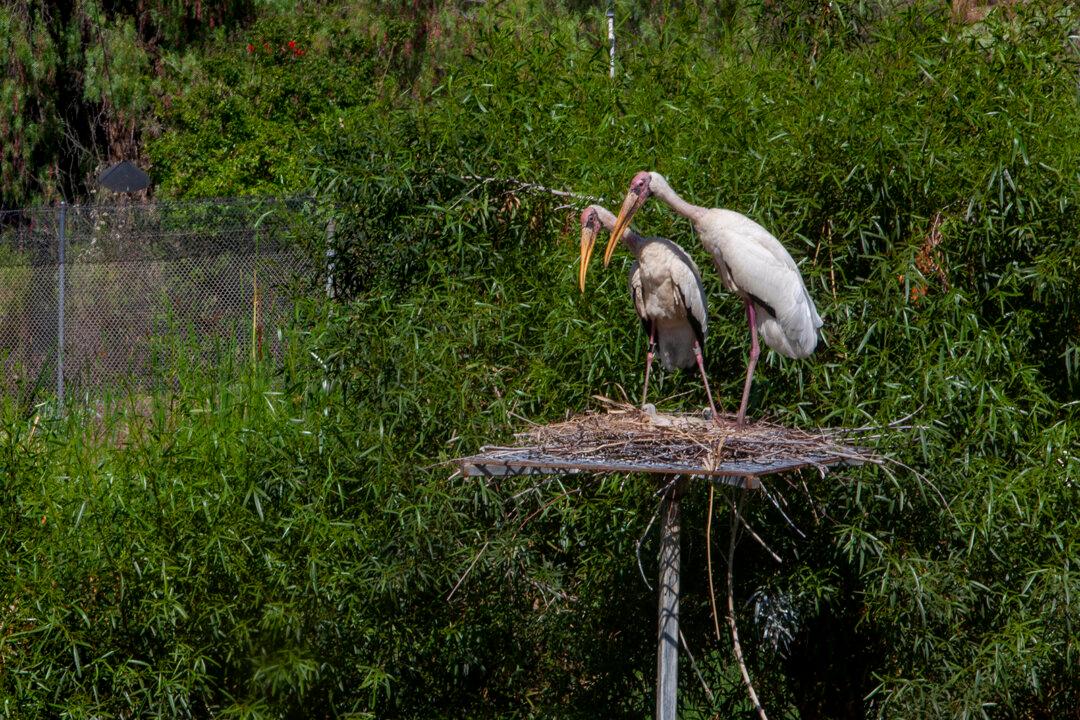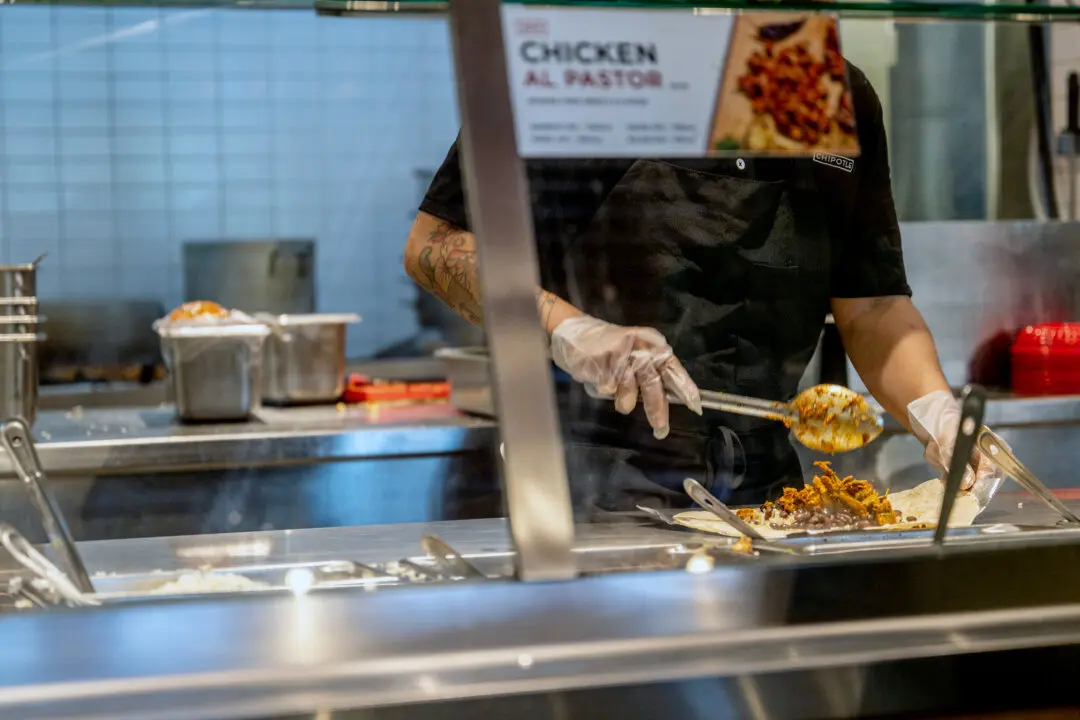By Gary Warth
From The San Diego Union-Tribune
ESCONDIDO, Calif.—About 120 birds at San Diego Zoo Safari Park were moved to new protected habitats at Safari Park last week and more will be relocated in the next few weeks in response to a highly contagious strain of avian flu that recently was detected in California.






